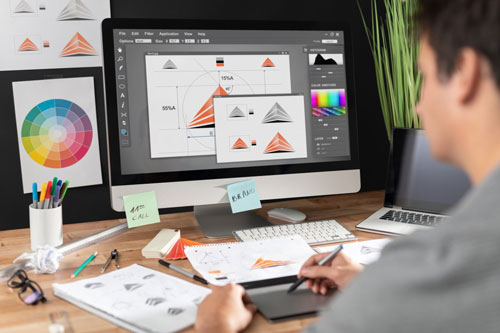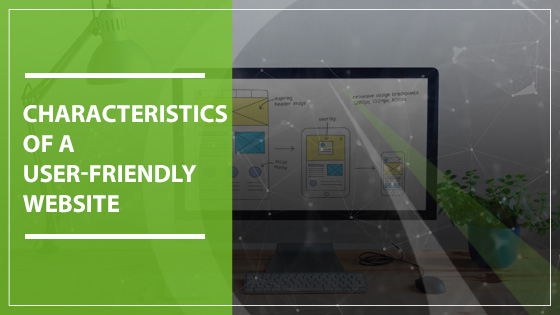If you want your company to stand out from the crowd, starting with a template or mimicking someone else’s logo design just won’t do. Your logo needs to be as unique as your company is, otherwise, why work with you? Behind every great logo is a great Idea.
Where do you start, then? With style.
 What is visual wit, you say? Think Baskin Robbins, FedEx, Apple, LG. What these logos have in common is a bit of the unexpected.
Baskin Robbins has a 31 hidden inside the logo design to represent its original 31 flavors. The FedEx logo uses the whitespace between the E and the x to hide a right-facing arrow, meant to be a subliminal symbol for speed and precision. Apple has a “byte” taken out of their logo, much to every tech-nerds’ delight. And, as LG stands for “Life’s Good,” what better way to use its “L” and “G” than to create a smiley face? In other words, great marks start with an idea.
Your first task, then, is to ask yourself what your company stands for, and why you need a logo design. The answer to these questions will give you a good idea for what kind of image you should choose.
What is visual wit, you say? Think Baskin Robbins, FedEx, Apple, LG. What these logos have in common is a bit of the unexpected.
Baskin Robbins has a 31 hidden inside the logo design to represent its original 31 flavors. The FedEx logo uses the whitespace between the E and the x to hide a right-facing arrow, meant to be a subliminal symbol for speed and precision. Apple has a “byte” taken out of their logo, much to every tech-nerds’ delight. And, as LG stands for “Life’s Good,” what better way to use its “L” and “G” than to create a smiley face? In other words, great marks start with an idea.
Your first task, then, is to ask yourself what your company stands for, and why you need a logo design. The answer to these questions will give you a good idea for what kind of image you should choose.

Creating your mark
The most important part of designing your logo is understanding, “simplicity is king.” Your logo needs to be recognizable from far away, and in a teeny tiny send-off on the bottom of a black and white printout. Using thin lines, gradients, or photo-realistic images are absolute no-nos. Instead, you want an immediately recognizable mark that represents your brand and might even have a bit of visual wit involved.
What’s your type?
Onward! Once you’ve figured out your brand story and settled on an image, you need to pick a typeface. While there may be times you only use a symbol to represent your company (cue Apple), there will always be a future need to incorporate your name as well. Here are some typeface options:- Serif fonts: With little serifs, or “feet,” at the end of the letters, this font can give a sophisticated, classic or old-fashioned feel to your logo design.
- Sans serif fonts: Without feet on the letters, this typeface feels more modern and sleek.
- Script fonts: A variety of script typefaces mimic handwriting, with everything from elegant calligraphy to an eight-year-old’s doodling
- Display fonts: These highly stylized and variable fonts include block type, retro, typewriter, decorative, and distorted, just to name a few.








